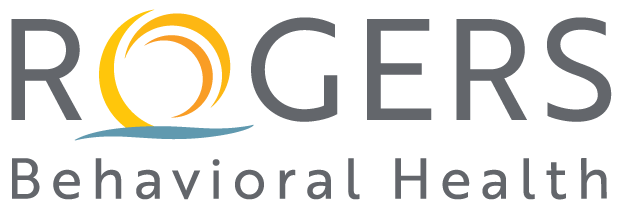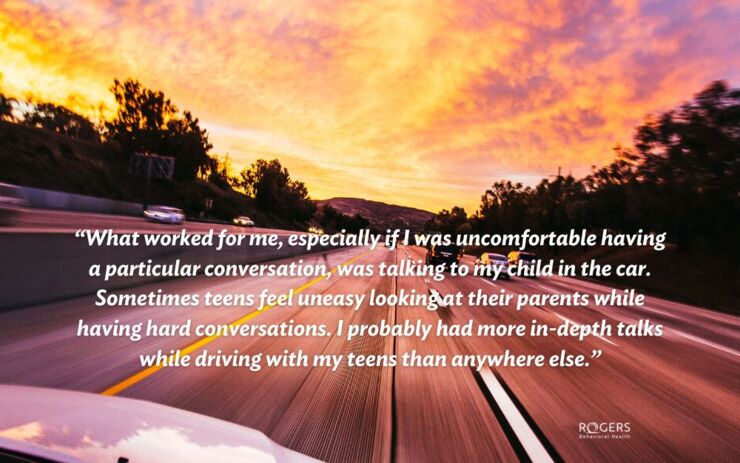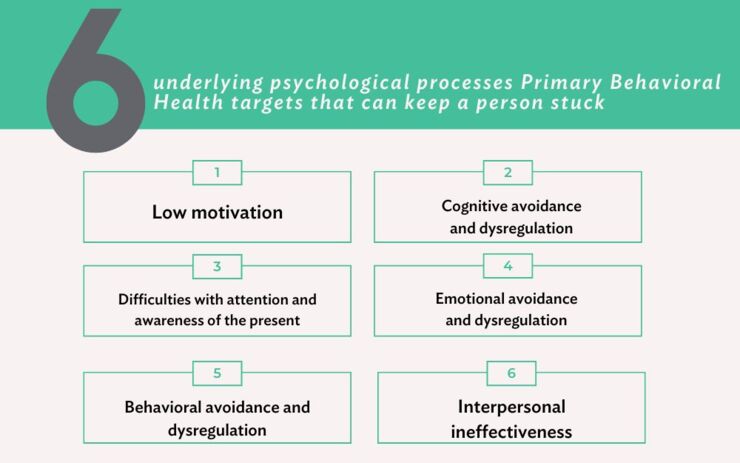Early Treatment for Teens with Mental Illness and Substance Abuse
Posted on 03/15/16 03:50:pm
According to the National Alliance on Mental Illness (NAMI), about one-third of people with mental illness also experience substance abuse—meaning that they have a “dual diagnosis.” Amy Kuechler, PsyD, attending psychologist for the adolescent dual diagnosis program at Rogers Memorial Hospital–Brown Deer, explains that teens with mental illness—such as depression, attention deficit hyperactivity disorder(ADHD), anxiety or trauma—may be even more susceptible to substance abuse.
“There are a few reasons why teens may be more susceptible to use substances,” she says. “The adolescent brain is not fully developed, so teens struggle to consider the consequences of their behaviors and instead respond to immediate gratification—like the immediate high from substance abuse. Teens also test ways to separate themselves from their families and place more importance on their peer relationships and ‘fitting in.’”
What’s especially concerning is how accessible many substances are for teens to use to get high. “Many parents are unaware that products in their home are commonly abused by teens, such as over-the-counter cough medicine or various aerosol cans.” These substances are easy to find, legal to use and many can be purchased online.
Dr. Kuechler explains that unhealthy habits formed in adolescence have a good chance of carrying over into adulthood. “Ninety percent of adult substance abusers started using substances in their teens with fifty percent starting before the age of 15,” she says. “This is important to note because early treatment and intervention are potentially the key to prevention.”
If your teen abuses substances, Dr. Kuechler suggests looking for common warning signs of mental illnesses commonly associated with dual diagnosis:
- Increased isolation and withdrawal from activities your teen used to enjoy
- Increased moodiness, particularly increased irritability and argumentativeness
- More secretive behaviors, lack of motivation
- Truancy at school, difficulty with authority or increased interactions with law enforcement
- Associating with a new group of friends
- Lying, stealing, cheating or manipulating
- Changes in sleep patterns or appetite
According to Dr. Kuechler, both disorders in a dual diagnosis should be treated simultaneously because they are often related. “If only one disorder is treated, there’s a good chance symptoms of the untreated disorder will increase,” she says. “For example, someone who is struggling with alcohol abuse and depression may manage their depressive symptoms through drinking. If the person’s treatment only focuses on stopping their excessive drinking, there’s a possibility they may learn to deal with their depression through another unhealthy strategy, while never truly addressing the underlying issue.”
Rogers Memorial Hospital’s adolescent dual diagnosis program is based in cognitive behavioral therapy (CBT) and motivational interviewing (MI), which are evidence-based techniques. “We start by using MI as a therapeutic strategy that encourages teens to develop a desire to make changes in their lives and become active in their treatment,” she says. “Then we focus on using CBT to help teens understand that their thoughts, feelings and behaviors are all related. By changing just one of those things, the whole dynamic of how they live their lives can be changed.”
Rogers offers various individualized, comprehensive partial hospital and intensive outpatient dual diagnosis programs for teens and adults at multiple Wisconsin locations including Oconomowoc, Brown Deer, West Allis, Kenosha and Madison. The adolescent dual diagnosis partial hospital and intensive outpatient programs at Brown Deer are Rogers’ first offering for that age group and are clearly serving a need. “Overall, we are teaching adolescents that they have the power to improve their lives and the way they see the world,” says Dr. Kuechler.
Topics
Share this article:



